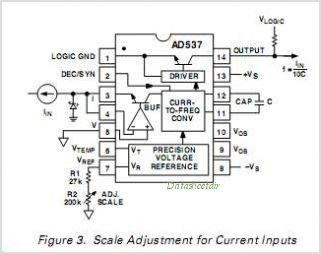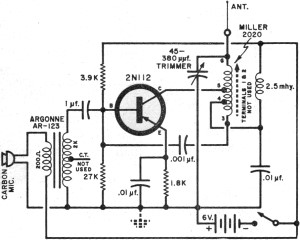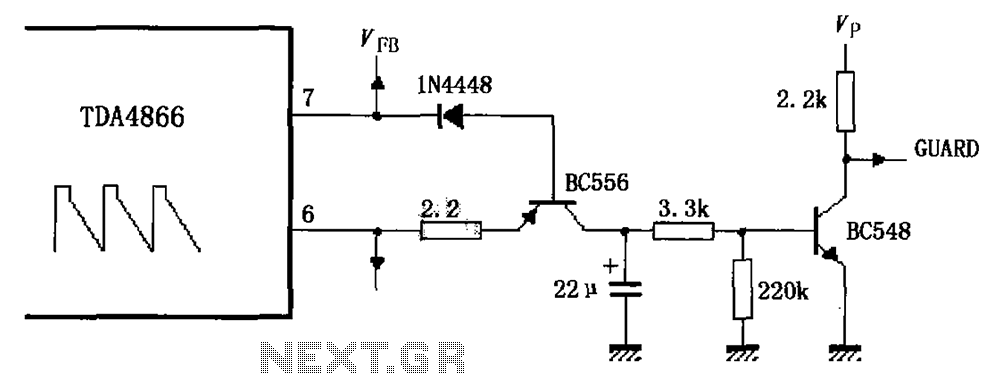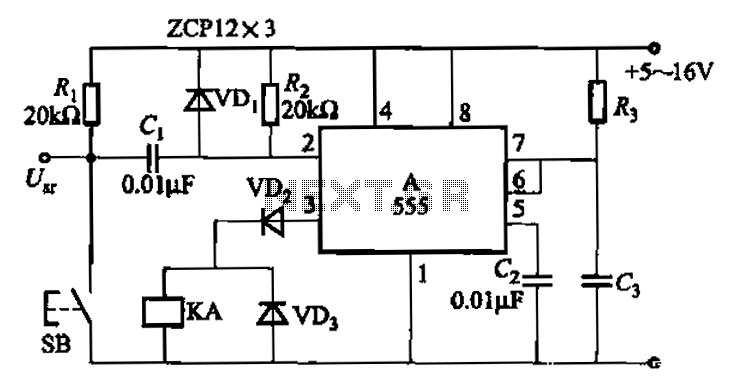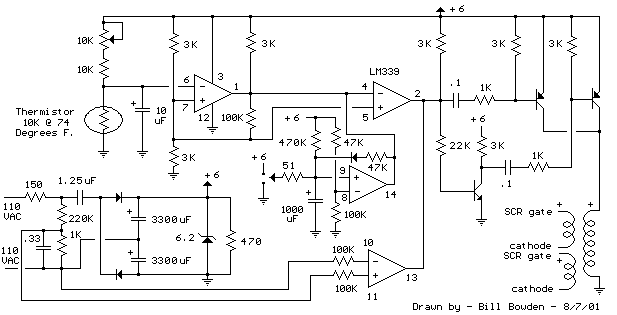
Simple High-Pass (Hp) Active Filter For 1Khz Circuit
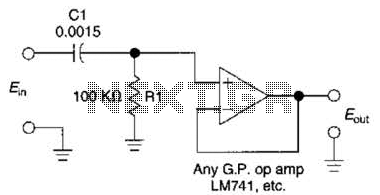
This simple 1 kHz filter utilizes a voltage follower and an RC section as its filtering element. For other frequencies, the -3 dB point is given by the formula 1/(6.28 Rl Cv), and the response decreases at a rate of 6 dB per octave below the -3 dB point.
The described circuit consists of a basic low-pass filter configuration, which is essential for applications that require the attenuation of high-frequency signals while allowing lower frequencies to pass through. The filter operates at a nominal frequency of 1 kHz, making it suitable for audio frequency applications.
The voltage follower, often implemented using an operational amplifier (op-amp), serves to buffer the output of the RC filter. This configuration ensures that the filter does not load the previous stage, thereby maintaining signal integrity. The op-amp is connected in a non-inverting configuration, where the output directly connects to the inverting input, providing high input impedance and low output impedance.
The RC section consists of a resistor (Rl) and a capacitor (Cv) arranged in series, with the output taken across the capacitor. The cutoff frequency (f_c) is defined by the equation f_c = 1/(2πRlCv). For a cutoff frequency of 1 kHz, specific values for the resistor and capacitor can be selected to achieve the desired performance. Adjusting these components allows the designer to tailor the filter for various applications and frequency ranges.
The filter's response characteristics indicate that for frequencies above the cutoff, the output signal attenuates at a rate of 6 dB per octave, which corresponds to a doubling of frequency resulting in a decrease in output voltage. This gradual roll-off is beneficial in many audio processing applications, where it is essential to minimize unwanted high-frequency noise while preserving the integrity of the desired audio signal.
In summary, this 1 kHz filter design using a voltage follower and RC components is a fundamental circuit that provides effective low-pass filtering characteristics, with flexibility in frequency response adjustment based on component selection. This simple 1 kHz filter uses a voltage follower and an RC section for a.filtcr element. For other frequencies /3 dB - 1/6.28 RlCv The response drops 6 dB/octave below/- dB.
The described circuit consists of a basic low-pass filter configuration, which is essential for applications that require the attenuation of high-frequency signals while allowing lower frequencies to pass through. The filter operates at a nominal frequency of 1 kHz, making it suitable for audio frequency applications.
The voltage follower, often implemented using an operational amplifier (op-amp), serves to buffer the output of the RC filter. This configuration ensures that the filter does not load the previous stage, thereby maintaining signal integrity. The op-amp is connected in a non-inverting configuration, where the output directly connects to the inverting input, providing high input impedance and low output impedance.
The RC section consists of a resistor (Rl) and a capacitor (Cv) arranged in series, with the output taken across the capacitor. The cutoff frequency (f_c) is defined by the equation f_c = 1/(2πRlCv). For a cutoff frequency of 1 kHz, specific values for the resistor and capacitor can be selected to achieve the desired performance. Adjusting these components allows the designer to tailor the filter for various applications and frequency ranges.
The filter's response characteristics indicate that for frequencies above the cutoff, the output signal attenuates at a rate of 6 dB per octave, which corresponds to a doubling of frequency resulting in a decrease in output voltage. This gradual roll-off is beneficial in many audio processing applications, where it is essential to minimize unwanted high-frequency noise while preserving the integrity of the desired audio signal.
In summary, this 1 kHz filter design using a voltage follower and RC components is a fundamental circuit that provides effective low-pass filtering characteristics, with flexibility in frequency response adjustment based on component selection. This simple 1 kHz filter uses a voltage follower and an RC section for a.filtcr element. For other frequencies /3 dB - 1/6.28 RlCv The response drops 6 dB/octave below/- dB.
